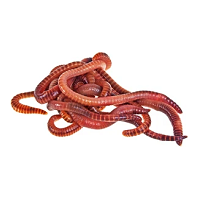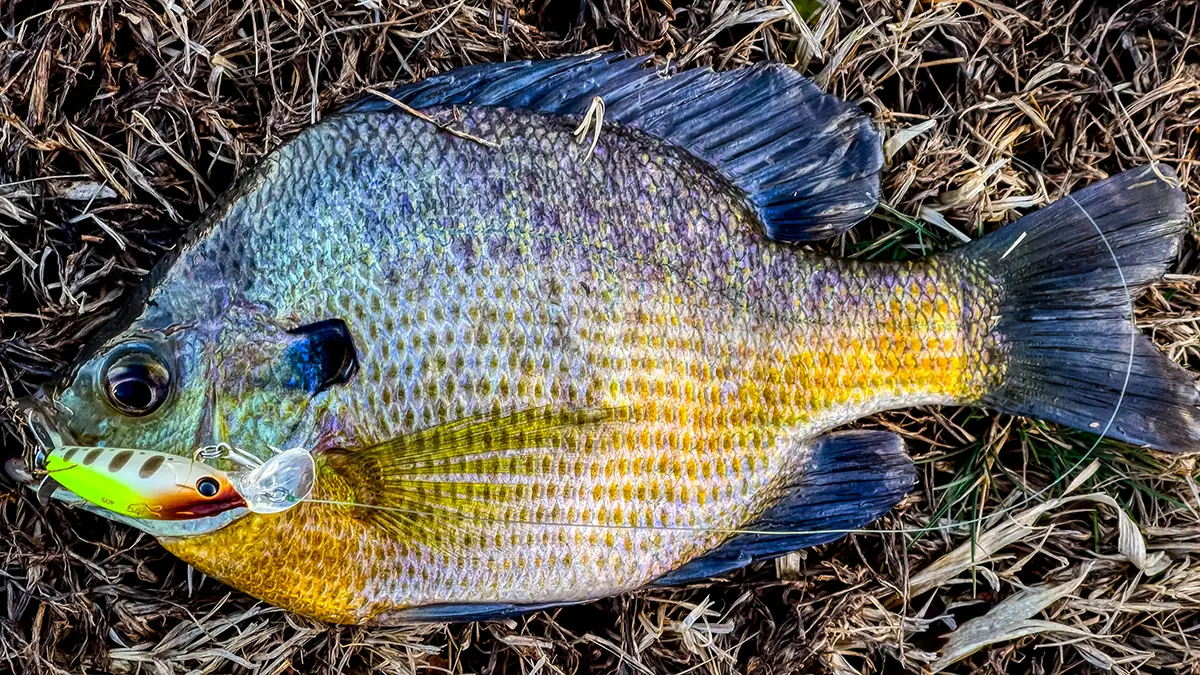Getting The Where To Find Red Wigglers To Work
Getting The Where To Find Red Wigglers To Work
Blog Article
The 8-Second Trick For Where To Find Red Wigglers
Table of ContentsSome Known Factual Statements About Where To Find Red Wigglers Facts About Where To Find Red Wigglers Revealed10 Easy Facts About Where To Find Red Wigglers ExplainedHow Where To Find Red Wigglers can Save You Time, Stress, and Money.All About Where To Find Red WigglersThe Single Strategy To Use For Where To Find Red WigglersThe Only Guide for Where To Find Red Wigglers
If you have a hard time finding them, attempt making use of a shovel to dig right into the ground and break the wet dirt with your hands to discover them (Where To Find Red Wigglers). Saturate your garden or grass with water and look for your worms once it gets dark.After that, lift it utilizing leverage and look for your worms inside the opening. Note that you may need to dig a few times prior to they show up. Don't neglect to look under rocks, bricks, timber, and other items you might locate on the ground, as that's where worms commonly live. You need to be cautious when doing this as you might encounter hazardous animals beneath, including serpents, spiders, and scorpions.
Once you capture numerous worms, you will certainly desire to dip your fingers right into sawdust to dry them and improve your following grip. Note that you should not get rid of way too many worms from one place as this can negatively impact that environment. Put your worms right into their container and shop them in the fridge.
You can likewise make use of a pitchfork to tempt worms above the ground. Known as a worm groaning stick, this standard method involves sticking the pitchfork into the ground and then scrubing it with a piece of metal or wood. The vibrations that are created imitate the sound of a mole, which triggers the worms to surface area.
What Does Where To Find Red Wigglers Do?
All you need to save the little wigglers is a little styrofoam cooler, some dust, bed linen, and health food waste. Some people sometimes spray a little cornmeal to maintain the worms healthy and balanced and pleased. For lasting worm storage, we recommend developing a committed worm ranch. With any luck, you uncovered several ways to catch your worms the next time you require them after shutting hours or when you're feeling also lazy to get in the car and drive numerous miles to the closest worm dealership! There is constantly a very easy means out for those aiming to avoid getting unclean in the yard.
This guide will introduce you to the red wiggler to include a deeper on dive on the types and information on breeding, life cycle, and reproduction. We'll discuss just how to preserve red wigglers and why they should be the go-to worm for a lot of composters. The red wiggler (binomial name: eisenia fetida) is the globe's most usual composting worm.
A study recommends that the 2 can produce hybrid offspring, a phenomenon which must or else be considered impossible in between a lot of worm varieties. Fun fact: The "fetid" part of the binomial name describes what some say is a fetid secretion the red wiggler makes use of to fend off predators. I've been dealing with them for years and never ever observed this! The composition of a red wiggler looks like that of various other common earthworms; a long-segmented body starts at the pointed head and terminates at a slightly-flatted tail.
The digestive system system is simple, starting at the mouth where the worm starts to consume its food prior to passing it on to the pharynx. The pharynx is a muscular section which imitates a pump to pull food right into the mouth prior to pumping it out right into the esophagus. The esophagus is narrow and thin-walled and functions as the "waiting area" for the gizzard.
More About Where To Find Red Wigglers
Note: This need for grinding is why grit is advised in a worm bin. The worm includes no native grinding capability so the worm relies upon consumed grit to aid grind its food in the gizzard. The Related Site tummy is where the initial chemical break down of food takes place with the aid of a protein-busting enzyme.
The intestinal tract forms the longest component of the worm and is where the bulk of digestion happens via enymatic processes. The spreadings eventually pass via the rectum at the end of the worm as pills covered with a biologically-rich mucus. (You're not consuming I really hope.) Red wigglers will certainly intertwine around one another, exchanging sperm through their skin.
Within 42 days, these baby worms will certainly get to sex-related maturity as confirmed by the emergence of the clitellum. A mature red wiggler can be expected to live between one to 3 years (Where To Find Red Wigglers). The magnificent red wiggler may often be utilized as a lure worm for smaller sized fish or as a protein resource for chickens and reptiles
And as pointed out over, they are the most common composting worm in the world. Instead, a mix of price, strength, and convenience in a large variety of temperature levels makes it the most appropriate composting worm for many new vermicomposters.
What Does Where To Find Red Wigglers Do?
This is an usual technique amongst worm carriers that don't intend to risk having the worms being in a hot or cold warehouse over the weekend break. Worm farmers are not storing worms in a situation where they prepare to deliver. The worms have to be collected from their environment first, so growers will certainly often set a Friday or Saturday due date in order More Info to harvest in time for a Monday delivery.
To reduce shipping cost, you may desire to see if there are any kind of close-by "Mother and Pop" stores via a Google search. If you do not discover what you're seeking, then I welcome you to check out worms via the Urban Worm Business! The quantity of red wigglers you buy need to be exclusively dependent upon the surface you have readily available for vermicomposting.

What Does Where To Find Red Wigglers Mean?
For ideal outcomes, you intend to shoot for about 60-70% wetness level. The easiest examination for this is to squeeze a handful as tough as you can. At the ideal moisture levels which is just under 70% that handful must hardly produce one drop of liquid. pH in a worm container is rather very easy to keep.
The European Nightcrawler, the bigger cousin of the red wiggler, is equally as voracious and also creates a great lure worm. It likes a bit of a cooler setting than the red wiggler. The African Nightcrawler is a large composting worm and makes a lovely, granular actors.
The Indian Blue is ravenous, yet additionally chooses a warmer climate and it also displays a propensity to leave the bin. The red wiggler is a sturdy worm and isn't as choosy concerning its climate. I like to call it the Ford Taurus of vermicomposting worms; you won't boast to your hardcore composting pals that you possess them, yet they will certainly offer you well.
The 5-Minute Rule for Where To Find Red Wigglers
Like any kind of various other lure, a worm's performance has concerned depend upon its discussion. H.G. "Tap" Tapply highlighted this point virtually a half century ago in one of his Field & Stream columns. "A worm is such an unformed creature," he wrote, "there does not appear to be very a lot a fisherman can do with it other than stab it on a hook and throw it right into the water." As Tap demonstrated, a fishermen can do an excellent deal to make a worm much more appealing.

Morning is prime feeding time, and the insubstantial lure's slow descent leaves 5 inches of wriggling protein in full sight for quite a while. After you've made the actors, maintain the bond open and put the pole in a forked stick. The line will fall off the pole in slow loopholes as the worm works out, yet typically the slow-moving loops will end up being a blur, and the morning will unexpectedly get instead interesting.
I generally utilize an entire 'spider, prefer marabou clothing, and drop the rod for 2 or 3 seconds when I get a hit.
The Facts About Where To Find Red Wigglers Uncovered
And differentiating bottom from a bite can be difficult. The technique is to reduce the pole back to the strike (perhaps a foot) and really feel for life at the end of the tightening up line. If it's there, set the hook with a move as opposed to a jerk. Every now and then you'll find on your own hooked to those sluggish, passionate tugs, and really feel the weight of a nice walleye.
Report this page